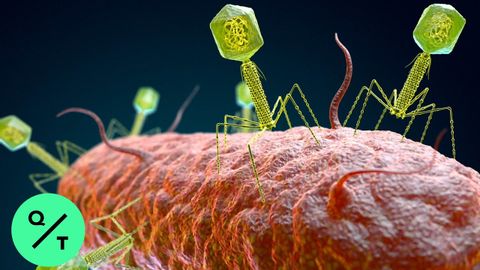
Subtitles & vocabulary
The Viral Dark Matter Inside Your Body
00
林宜悉 posted on 2020/05/09Save
Video vocabulary
chronic
US /ˈkrɑnɪk/
・
UK /'krɒnɪk/
- Adjective
- Always or often doing something, e.g. lying
- (Of disease) over a long time; serious
B1
More enormous
US /ɪˈnɔrməs/
・
UK /iˈnɔ:məs/
- Adjective
- Huge; very big; very important
- Very great in size, amount, or degree.
A2
More pandemic
US /pænˈdɛmɪk/
・
UK /pæn'demɪk/
- Adjective
- (of a disease) existing in almost all of an area or in almost all of a group of people, animals, or plants
- Noun
- a pandemic disease
C2
More Use Energy
Unlock All Vocabulary
Unlock pronunciation, explanations, and filters
